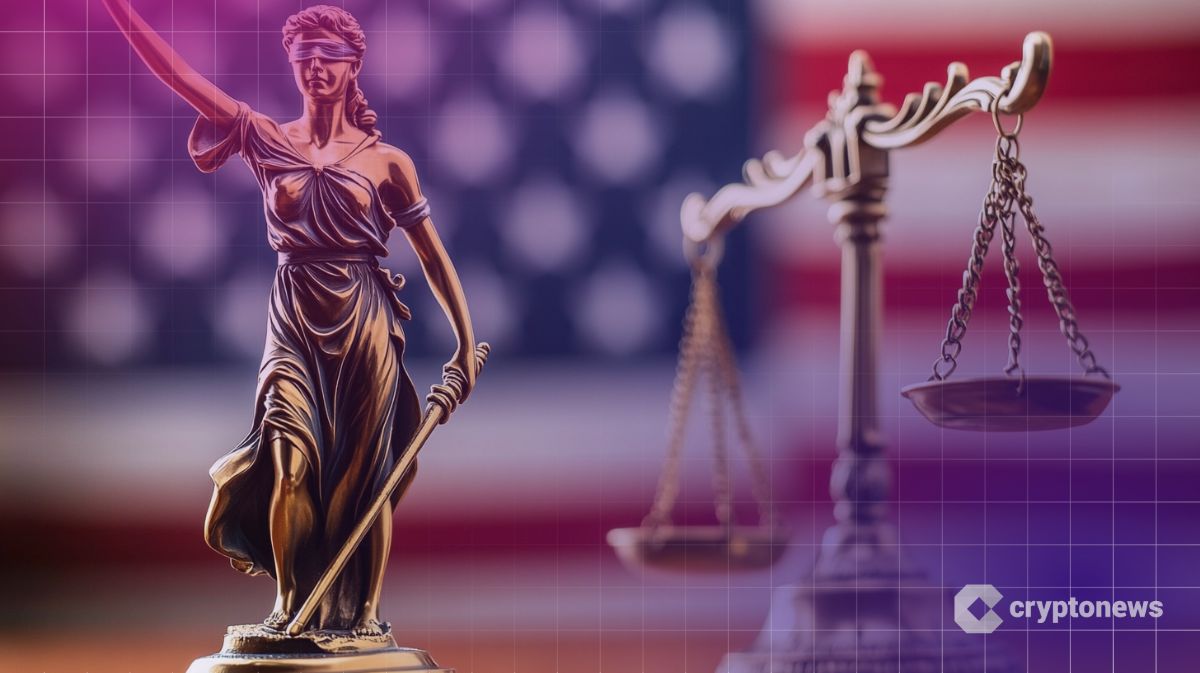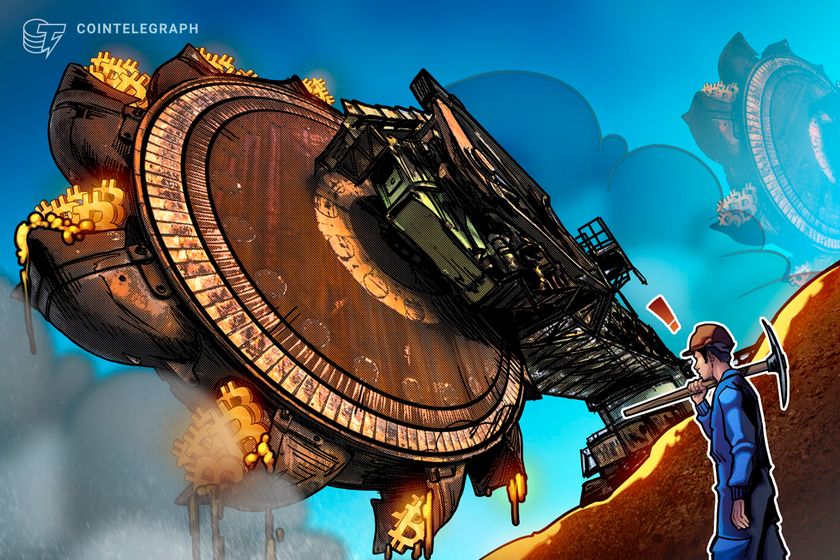In a significant step toward fortifying blockchain security against potential future threats, Solana developers have unveiled a quantum-resistant vault.
This innovative solution, named the Solana Winternitz Vault, is designed to protect user funds from the emerging risks posed by quantum computing—a technology capable of potentially cracking traditional cryptographic algorithms.
Hash-Based Signatures: A Quantum-Resistant FoundationThe Solana Winternitz Vault employs advanced hash-based signature technology, specifically Winternitz One-Time Signatures (WOTS). Each transaction generates a new cryptographic key, a feature that significantly reduces the risk of key compromise by quantum computers. As Dean Little, cryptography researcher and chief scientist at Zeus Network, explained in a January 3 GitHub post, this method leverages Keccak256 Merkle roots to secure public keys while maintaining at least 112-bit quantum collision resistance and 224-bit preimage resistance.
Source: Dean via X
“This approach minimizes the risk of coordinated quantum attacks on public keys revealed during transaction signatures,” Little noted. By doing so, the vault ensures an added layer of protection for users concerned about quantum threats.
Notably, the quantum-resistant vault is an optional feature rather than a network-wide implementation. Users must actively choose to store their funds in the Winternitz Vault instead of standard Solana wallets to benefit from this enhanced security. The vault’s operation involves creating a split-and-refund account system, enabling secure fund transfers while safeguarding residual balances.
Quantum Computing and Blockchain VulnerabilitiesThe announcement comes at a time when advancements in quantum computing are raising alarms across the cryptocurrency industry. Quantum computers, such as Google’s Willow chip—which recently performed a computation in five minutes that would take traditional supercomputers billions of years—pose a theoretical threat to blockchain encryption. While experts clarify that millions of qubits would be necessary to breach current cryptographic systems, the industry is proactively exploring quantum-resistant solutions.
Ethereum, for instance, has included quantum resistance in its long-term roadmap. Co-founder Vitalik Buterin remains optimistic about the timeline, suggesting that quantum computers capable of cracking elliptic curve cryptography are at least a decade away. “The day when regular people have quantum computers on their laptops or phones may well be decades after powerful institutions acquire such capabilities,” Buterin stated in October.
Solana’s move positions it as a pioneer in blockchain security, potentially setting a benchmark for other networks. The development also aligns with a broader trend in the crypto community to future-proof against quantum disruptions. Recently, Ava Labs founder Emin Gün Sirer proposed freezing Satoshi Nakamoto’s estimated 1.1 million BTC to mitigate quantum-related risks, emphasizing the urgency of addressing this challenge.
Reception and Industry PerspectivesWhile the vault’s introduction has been met with cautious optimism, some skeptics question the feasibility and practicality of widespread adoption. For instance, Bitcoin advocate Fred Krueger previously claimed that Solana would be the “first casualty” of quantum computing. However, Little’s detailed explanation of the vault’s cryptographic resilience counters such concerns, offering reassurance to risk-conscious investors.
Source: Fred Krueger via X
Despite these advancements, Solana developers acknowledge that the feature’s efficacy depends on user adoption. As the blockchain ecosystem evolves, the adoption of quantum-resistant solutions like the Winternitz Vault could become a critical aspect of maintaining trust and security.
Future DirectionsAs quantum computing continues to advance, blockchain networks are expected to intensify their focus on developing quantum-resilient systems. Solana’s latest innovation marks a proactive step in this direction, signaling the industry’s commitment to safeguarding digital assets against emerging technological threats. Whether other blockchains will follow suit remains to be seen, but the pressure to adapt is likely to grow as the quantum age approaches.



















